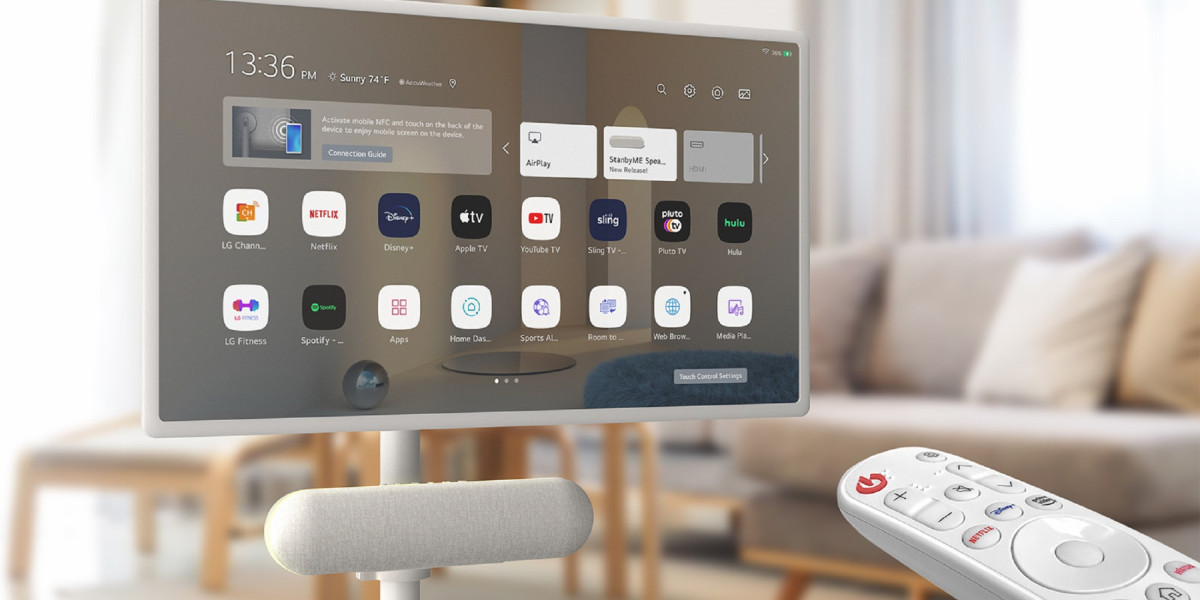Let’s explore how this tool finds itself equally at home in a museum conservator’s kit and a heavy manufacturing plant.
From Fragile to Ferocious: One Tool, Multiple Terrains
The challenge in cleaning different surfaces comes down to control. Sandblasting, chemical cleaning, and abrasive tools often lack finesse. They clean, yes — but sometimes at the cost of the material’s integrity. That’s where a portable laser cleaning machine shines — literally and functionally.
This device doesn’t rely on abrasion, solvents, or pressure. Instead, it uses focused laser beams to dislodge unwanted substances from surfaces. The wavelength, pulse width, and energy level can be adjusted with precision. That means whether you're removing oxidation from a delicate bronze statue or erasing industrial-grade paint from a steel beam, the settings can be tuned to match the task.
What makes this tool “portable” is its ability to move where the work is. Instead of hauling massive components to cleaning stations or using chemicals that need careful containment, technicians can bring the machine right to the surface — even if it’s out in the field or inside a confined industrial space.
Real Applications in Real Conditions
Let’s look beyond the theory and examine how a portable laser cleaning machine performs across different environments:
1. Heritage and Art Restoration
Museums, restoration workshops, and conservation labs have started using laser cleaning for high-value, irreplaceable objects. The goal is not to remove just “dirt,” but to clean without damaging the substrate — which may include materials like limestone, terracotta, or centuries-old metals.
Laser cleaning allows for non-contact surface treatment. By controlling pulse frequency and intensity, technicians can remove pollution crusts, soot, and corrosion layers while preserving patinas, inscriptions, or natural weathering that gives the piece its historical character.
The portability aspect allows restorers to work on-site, especially useful for statues, frescoes, or architectural elements that cannot be moved.
2. Automotive and Aerospace Industries
Paint removal, weld preparation, and surface bonding prep are routine in these industries. Traditionally, these tasks are labor-intensive, involve harsh chemicals, or need significant downtime.
Portable laser cleaning machines have entered the picture as a more efficient alternative. In automotive applications, they're used to strip paint or remove tire mold release agents without scratching or warping molds. In aerospace, they clean turbine blades and fuselage parts, critical areas where even microscopic residues can lead to performance issues.
Because the laser can be directed with high precision, there’s minimal risk of surface deformation. And since the tool is mobile, maintenance can happen on the production line, avoiding unnecessary downtime.
3. Oil and Gas Sector
Pipeline maintenance, refinery cleaning, and offshore rust removal — these are dirty jobs that demand robust solutions. A portable laser cleaning machine is becoming a staple in this sector not just for its power, but for its compliance with safety and environmental standards.
Where abrasive blasting might scatter debris or create secondary waste, laser cleaning vaporizes contaminants into fume extractors. This not only makes the process cleaner but also safer in explosive environments where dust or solvents pose risks.
The portability of the system allows for use on oil rigs, tank interiors, and field equipment — places where traditional cleaning systems are hard to implement.
4. Food Processing and Pharmaceutical Equipment
Hygiene and surface purity are non-negotiable in these industries. Equipment must be spotless to avoid contamination, but traditional methods like chemical washing or high-pressure cleaning may not reach micro-contaminants or could damage sensitive parts.
Laser cleaning can be dialed down to remove biofilms, oxidation, and residue from stainless steel and aluminum machinery — without requiring disassembly. The portability ensures in-place cleaning during scheduled maintenance, reducing equipment downtime and enhancing compliance with industry regulations.
The Technology Behind the Precision
To truly appreciate how a portable laser cleaning machine adapts across such varying requirements, it's worth understanding the mechanisms it uses:
Laser Ablation: This process uses short laser pulses to heat and remove contamination layers. The laser energy is absorbed by the contaminant, causing it to vaporize or flake off, leaving the underlying material intact.
Selective Absorption: Because different materials absorb laser energy differently, it’s possible to tune the machine to affect only the unwanted layer (e.g., rust, paint, grease) while sparing the base.
No Contact, No Chemicals: The non-contact nature means there’s no physical abrasion or chemical reaction with the base material, reducing the risk of damage.
Adjustability: With variables like pulse duration, repetition rate, and energy level all customizable, users can approach each task with surgical precision.
And while that all sounds highly technical, the actual operation is becoming increasingly user-friendly. Newer portable laser cleaning machines are built with intuitive control panels, presets, and guided adjustment settings to ensure technicians can focus on the job rather than fiddling with software or formulas.
Portability: More Than Just Wheels
Don’t mistake “portable” to mean a small machine with handles. In the laser cleaning context, portability refers to the ability to deploy precision cleaning capabilities anywhere — from the top of a wind turbine to the inner hull of a ship. Portability includes:
Compact Lasers: Fiber-based systems that pack power into small, rugged casings.
Handheld Scanners: Ergonomic wands or guns that direct the beam without needing a robotic arm or complex rig.
Mobile Power Supply: Battery or generator-compatible units that can run in off-grid or limited-access environments.
Cooling Systems: Built-in or modular cooling that doesn’t require large external chillers.
All of these add up to make laser cleaning mobile in a way that traditional methods can't match.
Regulatory and Environmental Perspective
Across industries, environmental regulations are tightening. The disposal of chemical solvents, the airborne dust from sandblasting, and wastewater from hydro-cleaning are all under scrutiny.
Using a portable laser cleaning machine dramatically reduces secondary waste. What’s removed is either vaporized or collected via filtration systems. This reduces disposal costs and regulatory paperwork — a win for both the bottom line and sustainability goals.
Furthermore, laser cleaning doesn't require consumables like grit or chemicals, cutting recurring costs and logistics planning.
Investing in Efficiency and Reputation
Companies adopting laser cleaning aren’t just upgrading a tool — they're upgrading their entire workflow. Faster turnaround times, reduced waste, improved safety, and lower maintenance costs translate directly to better project margins and customer satisfaction.
For professionals in restoration, manufacturing, or maintenance, having a portable laser cleaning machine on-hand sends a signal to clients: you’re prepared, precise, and committed to quality. The optics of using such technology also build brand trust — showing innovation without cutting corners.
Final Thoughts
So, back to the tricky question: Can a portable laser cleaning machine handle both delicate surfaces and industrial grime alike?
The answer isn’t just yes — it’s demonstrated daily across sectors as diverse as cultural heritage and oil refining.
It’s the machine that replaces sandblasters in shipyards, chemical baths in aerospace hangars, and micro-brushes in restoration labs. What unites these seemingly unrelated jobs is the need for control, efficiency, and mobility — three pillars where the portable laser cleaning machine delivers consistently.
In today’s world, where precision is paramount and time is money, relying on outdated cleaning methods is no longer an option. Whether you're protecting the past or preparing the future, this tool deserves a place in your arsenal.








